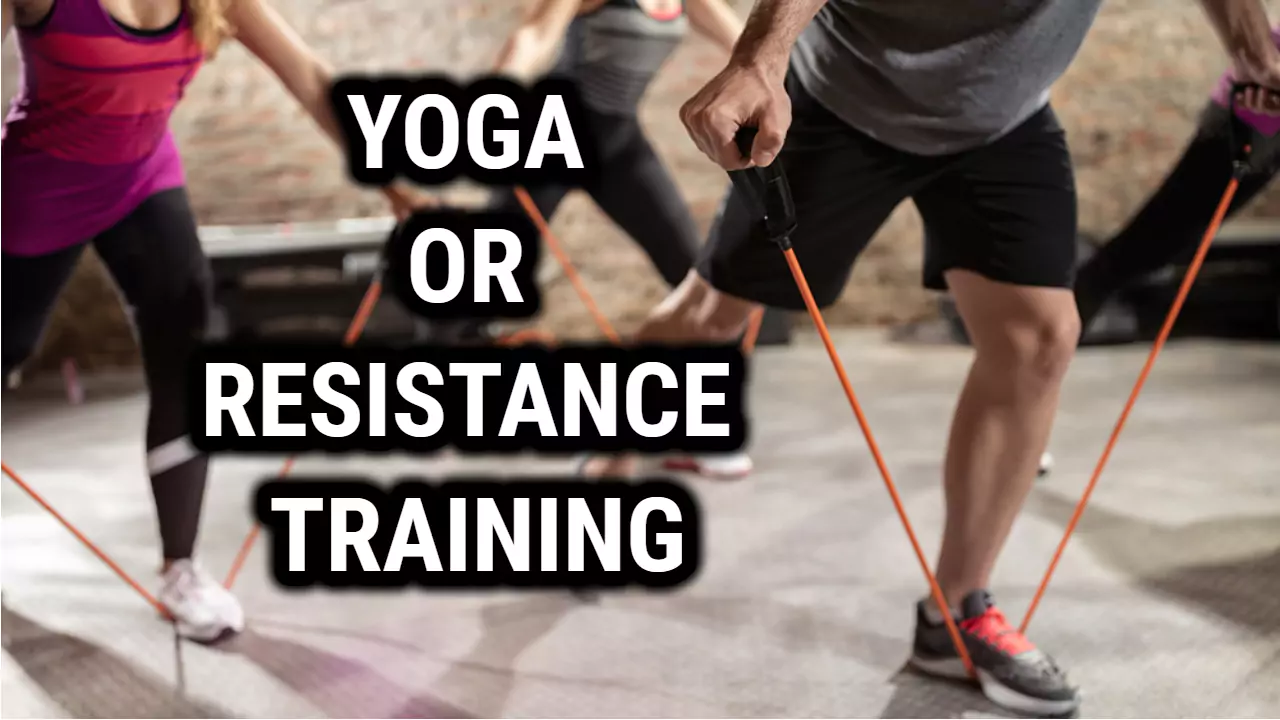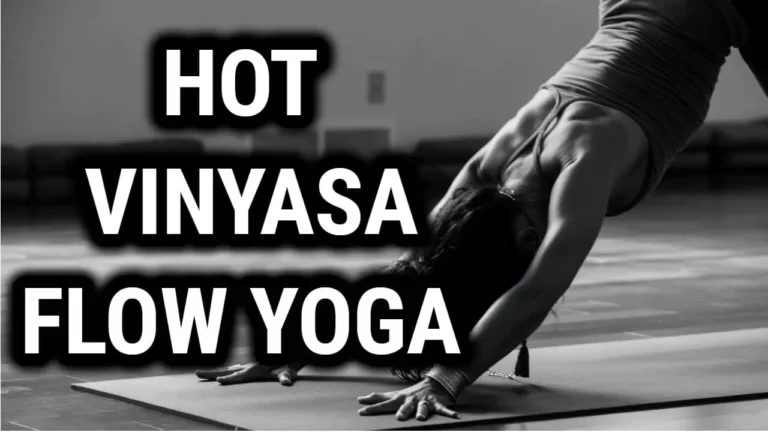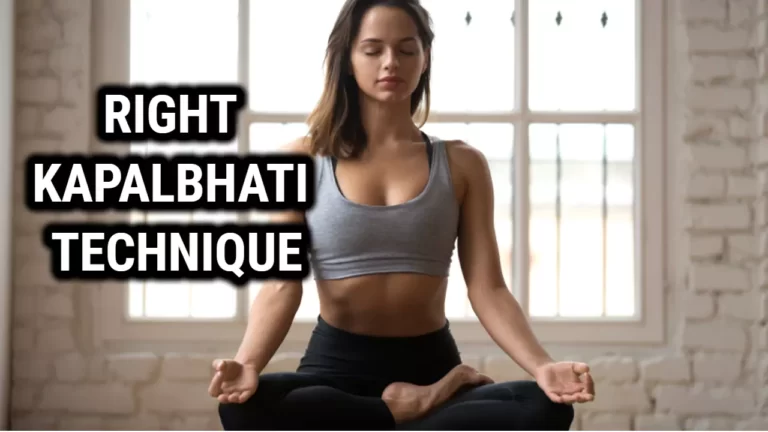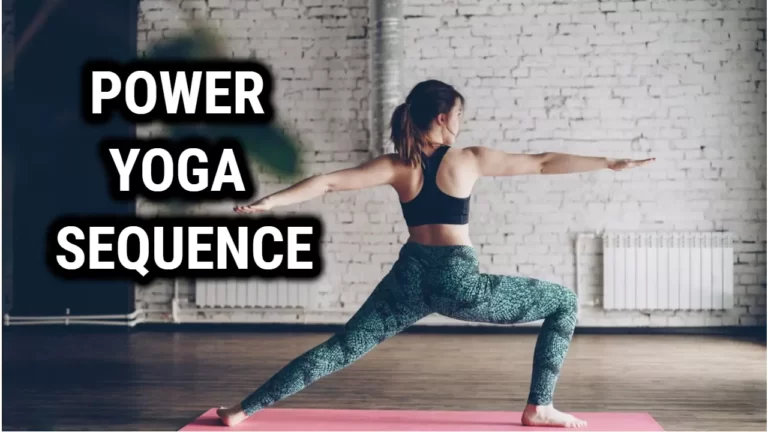Yoga or Resistance Training: Which is Better for Your Body?

Are you looking to improve your fitness level, but unsure whether to choose yoga or resistance training? You’re not alone. Both forms of exercise have numerous benefits for the body and mind, but which one is better? In this article, we’ll explore the pros and cons of each and help you make an informed decision.
Key Takeaway
Yoga and resistance training are both effective forms of exercise that offer unique benefits for the body and mind. While they have different approaches, incorporating both into your fitness routine can provide a well-rounded approach to improving your health and fitness. Some key takeaways from this article include:
- Resistance training is more effective for building muscle mass, while yoga can improve flexibility, balance, and reduce stress levels.
- Incorporating both forms of exercise into your fitness routine can provide a well-rounded approach to improving your health and fitness.
- Both yoga and resistance training can be adapted to meet your fitness level and goals.
- Yoga can help improve bone density and reduce the risk of osteoporosis.
- Resistance training can be more effective for weight loss and improving cardiovascular health.
- Beginners can safely do both yoga and resistance training, but should start slowly and use proper form and technique to prevent injury.
Yoga and Resistance Training: What Are They?
Yoga is a practice that originated in ancient India and has become popular worldwide. It involves a series of physical poses, breathing exercises, and meditation. There are various types of yoga, including Hatha, Vinyasa, and Bikram, each with its own unique style.
Resistance training, on the other hand, involves using weights, resistance bands, or bodyweight exercises to build muscle and improve strength. This type of exercise is commonly associated with bodybuilding, but it’s also useful for anyone looking to tone their muscles and increase their metabolism.
The Benefits of Yoga
Yoga has numerous physical and mental benefits that make it a popular exercise choice. Here are some of the most significant benefits:
Physical Benefits
- Flexibility: Yoga poses involve stretching the muscles and joints, which can improve flexibility and range of motion.
- Strength: Some yoga poses require holding the body in challenging positions, which can improve muscle strength and endurance.
- Balance: Many yoga poses require balance and coordination, which can improve balance and prevent falls in older adults.
- Endurance: Some forms of yoga, such as Vinyasa or Power Yoga, can be quite vigorous and improve cardiovascular endurance.
Mental Benefits
- Stress Reduction: Yoga emphasizes deep breathing and relaxation, which can reduce stress levels and improve overall mood.
- Improved Concentration: Yoga requires focusing on the breath and body movements, which can improve concentration and focus.
- Enhanced Mood: The physical and mental benefits of yoga can improve mood and reduce symptoms of depression and anxiety.
The Benefits of Resistance Training
Resistance training has numerous physical and mental benefits that make it an excellent exercise choice. Here are some of the most significant benefits:
Physical Benefits
- Increased Muscle Mass: Resistance training is an effective way to build muscle mass and tone the body.
- Improved Bone Density: Resistance training can improve bone density and reduce the risk of osteoporosis.
- Increased Metabolism: Building muscle through resistance training can increase metabolism and help burn more calories throughout the day.
- Improved Cardiovascular Health: Resistance training can improve heart health by reducing blood pressure and improving circulation.
Mental Benefits
- Increased Self-Confidence: Building strength and muscle through resistance training can increase self-confidence and improve body image.
- Reduced Anxiety and Depression: Regular exercise, including resistance training, can reduce symptoms of anxiety and depression.
- Enhanced Cognitive Function: Resistance training has been shown to improve cognitive function and reduce the risk of cognitive decline in older adults.
Can Yoga Be Equivalent To Resistance Training?
While yoga and resistance training have different approaches, they can produce similar results. Here’s a comparison of the two types of exercise:
Muscular Adaptations
Resistance training is the most effective way to build muscle mass, but yoga can still provide some muscle toning benefits. Yoga poses that require holding the body in challenging positions can improve muscle endurance and strength.
Metabolic Adaptations
Resistance training is the most effective way to increase metabolism, but yoga can also help by reducing stress levels and improving overall mood. Stress and mood have been linked to metabolic function and weight management.
Bone Adaptations
Resistance training is the most effective way to improve bone density, but certain yoga poses can also improve bone health. Weight-bearing yoga poses, such as Warrior II or Tree pose, can help strengthen bones and reduce the risk of osteoporosis.
While there have been several studies comparing the two types of exercise, the results have been mixed. Some studies have found that resistance training produces greater strength gains than yoga, while others have found no significant difference.
One study published in the Journal of Strength and Conditioning Research found that both resistance training and yoga produced similar strength gains in untrained individuals. However, the study did note that resistance training was more effective for building muscle mass.
Another study published in the International Journal of Yoga found that yoga and resistance training produced similar improvements in body composition, muscle strength, and cardiorespiratory fitness in postmenopausal women.
It’s important to note that these studies have limitations, such as small sample sizes and varying exercise protocols. Therefore, more research is needed to fully understand the differences between yoga and resistance training.
Which Is Better: Yoga or Resistance Training?
The answer to this question depends on your individual goals and preferences. If you’re looking to build muscle mass and increase metabolism, resistance training is likely the better option. On the other hand, if you’re looking to improve flexibility and reduce stress levels, yoga may be the better choice.
However, it’s important to note that you don’t have to choose between the two. Incorporating both yoga and resistance training into your fitness routine can provide numerous benefits for the body and mind. Yoga can improve flexibility, balance, and stress levels, while resistance training can build muscle mass and improve bone density.
When it comes to intensity and progression, both yoga and resistance training can be adapted to meet your fitness level. For yoga, you can increase the intensity by trying more challenging poses or holding poses for longer periods. For resistance training, you can increase the weight or resistance level as you get stronger.
FAQs
Can yoga replace resistance training for building muscle?
While yoga can help improve strength and muscle tone, it may not be as effective as resistance training for building muscle mass. Resistance training involves using external weight or resistance to challenge the muscles, which can lead to muscle hypertrophy (growth). However, incorporating yoga into your fitness routine can help improve flexibility, balance, and reduce stress levels, which can complement your resistance training program.
Is yoga or resistance training better for weight loss?
Both yoga and resistance training can help with weight loss by increasing metabolism and building lean muscle mass. However, resistance training may be more effective for weight loss, as it can help increase muscle mass, which in turn can increase resting metabolism. Additionally, resistance training can lead to a greater post-workout calorie burn compared to yoga. However, incorporating yoga into your fitness routine can help reduce stress levels, which can indirectly aid in weight loss efforts.
Can yoga help with bone density?
Yes, certain types of yoga poses can help improve bone density and reduce the risk of osteoporosis. Weight-bearing poses, such as downward dog, plank, and warrior poses, can help strengthen bones by putting stress on them. Additionally, yoga can help improve balance, which can reduce the risk of falls and fractures in older adults.
Is resistance training better for improving cardiovascular health?
While yoga can help improve cardiovascular health, resistance training may be more effective for improving heart health. Resistance training can help improve blood pressure, lipid levels, and insulin sensitivity, which can reduce the risk of cardiovascular disease. However, incorporating both types of exercise into your fitness routine can provide a well-rounded approach to improving cardiovascular health.
Can beginners do both yoga and resistance training?
Yes, beginners can safely do both yoga and resistance training, but it’s important to start slowly and gradually increase intensity and volume over time. It’s also important to use proper form and technique to prevent injury. Consulting with a certified fitness professional can help ensure that you’re doing exercises correctly and safely.
Conclusion
Yoga and resistance training are both excellent forms of exercise that offer numerous benefits for the body and mind. While they have different approaches, they can produce similar results, depending on your goals and preferences.
Incorporating both forms of exercise into your fitness routine can provide a well-rounded approach to improving your health and fitness. Whether you’re looking to build muscle, increase flexibility, or reduce stress levels, there’s a form of exercise that can meet your needs.
So, why not give both yoga and resistance training a try and see how they can benefit you? Your body and mind will thank you for it!






